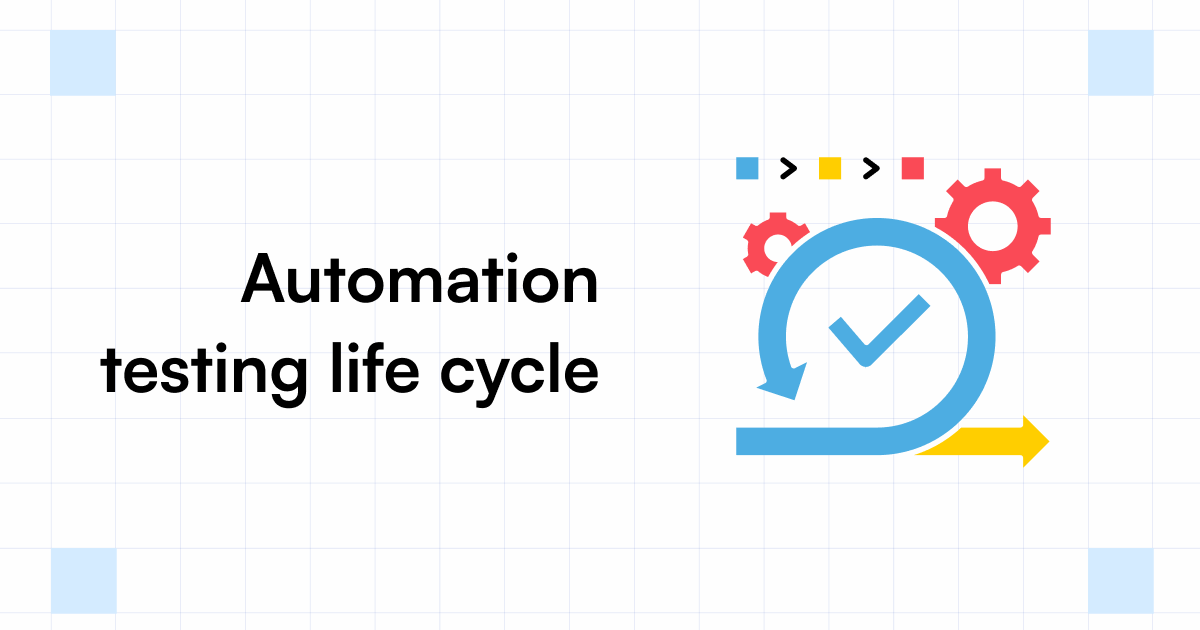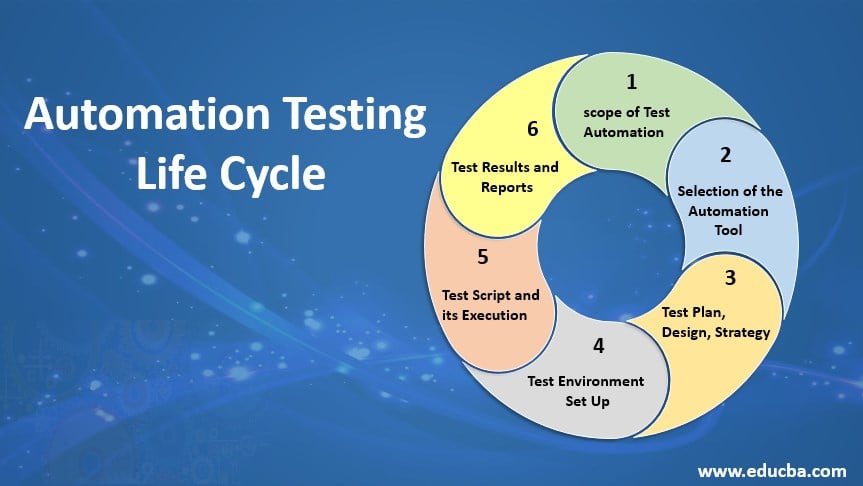Automation Testing Strategies: Finest Practices for Seamless Combination
From Manual to Automated Testing: A Comprehensive Guide to Transitioning Efficiently and Effectively
In the world of software application screening, the shift from handbook to automated procedures has become an increasingly vital transition for companies seeking to enhance efficiency and accuracy in their screening techniques. The trip from handbook to automated testing is not without its challenges, however when come close to tactically and with a clear plan in mind, the benefits can be significant.
Advantages of Automated Evaluating
Automated screening offers various advantages, improving performance and accuracy in software application development procedures. Automated tests can be run concurrently on numerous devices and operating systems, substantially speeding up the screening phase compared to hand-operated screening.
Furthermore, automated screening ensures a higher level of precision in spotting defects. Consistency in screening is likewise improved, as automated tests carry out the very same actions exactly each time they are run.
Selecting the Right Devices

First of all, analyze your goals and demands. Comprehend the scope of your task, the modern technologies included, and the capability of your team. This evaluation will assist you figure out the abilities and functions you need in your testing tools.
Secondly, take into consideration the compatibility of the devices with your existing systems and processes. Seamless assimilation with your current software application advancement lifecycle is essential to ensure a smooth change to automation.
Additionally, evaluate the scalability and versatility of the devices. As your screening needs progress, the tools need to have the ability to adapt and fit adjustments properly.
Last but not least, factor in the support and neighborhood around the tools. Robust support and an active user neighborhood can offer useful sources and help when applying automated testing. By meticulously considering these elements, you can pick the right tools that straighten with your requirements and set the phase for a successful transition to automated screening.
Composing Reliable Test Manuscripts

When crafting test manuscripts, it is necessary to take into consideration the particular demands of the software being checked and guarantee that the scripts resolve all essential performances. Clear and detailed calling conventions for examination scripts and click for source examination cases can enhance readability and maintainability. Furthermore, including mistake handling devices within the examination scripts can aid in identifying and addressing concerns without delay.
In addition, arranging examination scripts right into modular parts can improve reusability and scalability, reducing redundancy and improving efficiency in test manuscript upkeep. Normal evaluations and updates to evaluate scripts are critical to keep pace with developing software program needs and functionalities. By adhering to these principles, testers can develop robust and efficient test manuscripts that contribute considerably to the success of automated testing processes.
Integrating Automation Into Workflows
Reliable combination of automation devices right into existing workflows improves and simplifies procedures efficiency within software program advancement cycles. When integrating automation into process, it is vital to determine repetitive tasks that can be automated to save time and minimize human error. By effortlessly incorporating automated screening tools like Selenium or Appium right into the software program advancement lifecycle, teams can accomplish faster responses on code modifications, resulting in quicker bug detection and resolution. This integration permits constant screening throughout the growth procedure, making certain that any kind of concerns are recognized early on, resulting in higher software application high quality. In addition, automation can be made use of to cause examinations immediately after each code commit, offering immediate recognition and liberating testers to focus on even more complicated scenarios. Correct combination of automation tools calls for partnership between growth, testing, and procedures groups to establish a unified operations that enhances efficiency and efficiency in delivering top quality software items.
Ensuring a Smooth Change
Efficiently transitioning to automated testing includes thorough planning and cautious execution to lessen disruptions and maximize effectiveness in the software program development process - automation testing. To guarantee a smooth change, it is vital to begin by conducting a complete assessment of the present screening processes and identifying areas where automation can bring one of the most substantial benefits. Engaging with all stakeholders beforehand while doing so, including programmers, testers, and task managers, is essential for gathering assistance and buy-in for the automation initiative
Communication is key during this shift stage. Clear communication of the objectives, advantages, and assumptions of automated screening aids to take care of any resistance or issues that may develop. In addition, giving ample training and resources for staff member to upskill in automation tools and methods is crucial for making certain a successful change.

Conclusion
In final thought, transitioning from handbook to automated screening uses countless advantages, consisting of raised performance and reliability. By selecting the suitable tools, writing effective test scripts, and integrating automation seamlessly into workflows, companies can ensure a successful and smooth transition. It is important to welcome automation as a beneficial property in software program screening procedures to enhance general high quality and efficiency.
In the realm of look at this web-site software testing, the change from guidebook to automated procedures has actually ended up being a significantly essential change for companies looking for to improve effectiveness and accuracy in their testing practices. Automated tests can be run at the same time on multiple devices and running systems, substantially speeding up the screening phase compared to manual testing. Consistency in testing is additionally boosted, as automated examinations perform the exact same steps specifically each time they straight from the source are run.To make certain the effective application of chosen testing tools, the creation of reliable examination scripts plays a vital duty in confirming the capability and performance of automated processes - automation testing. By adhering to these concepts, testers can develop durable and efficient test scripts that contribute considerably to the success of automated testing processes